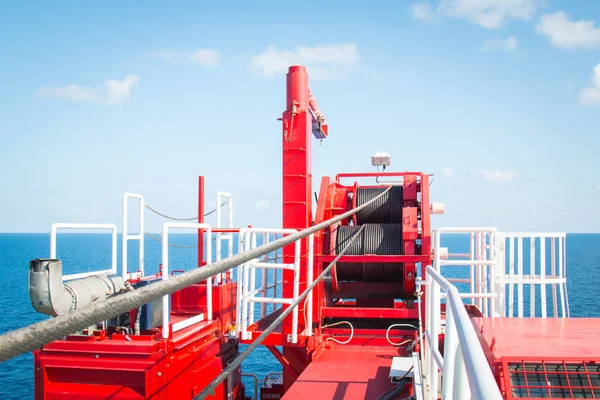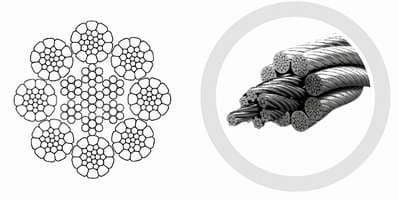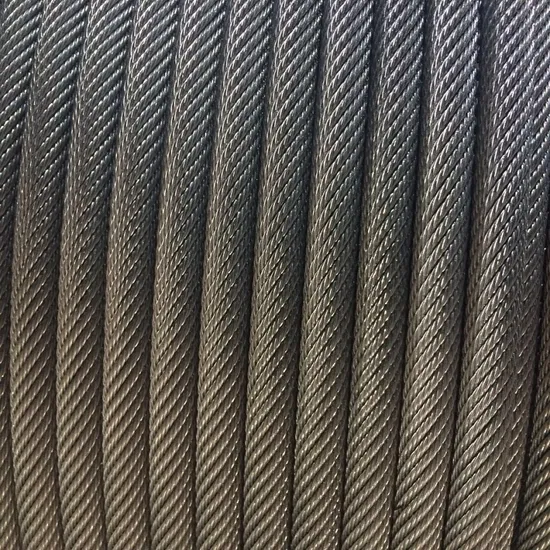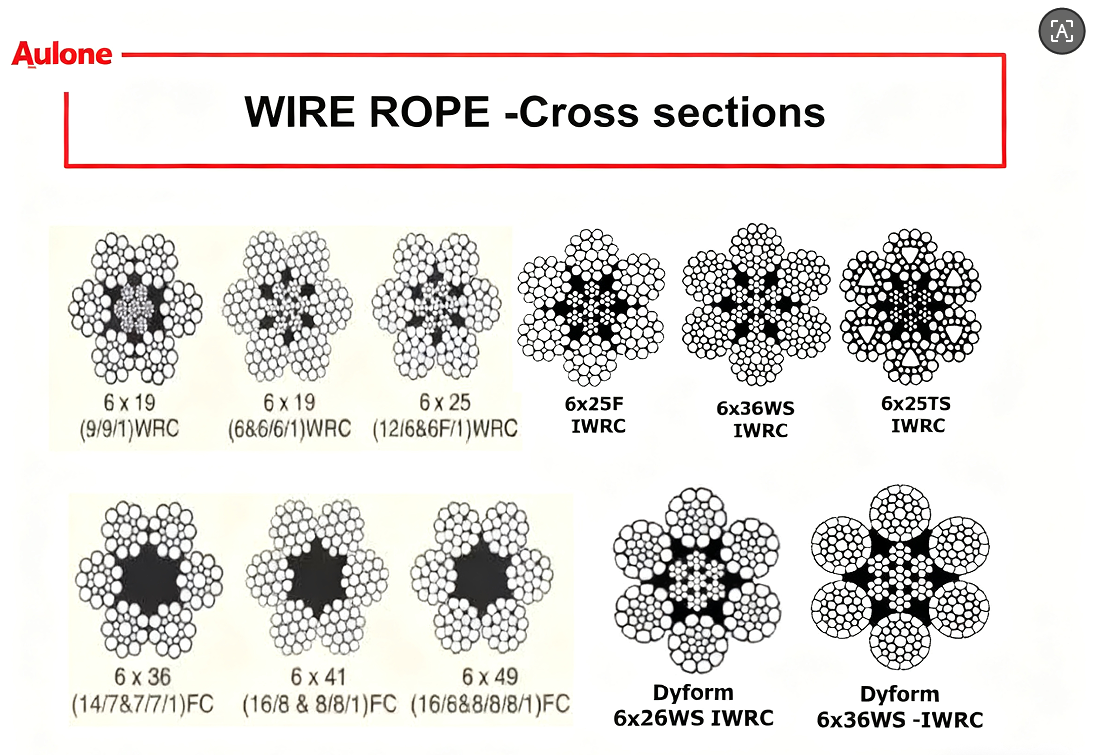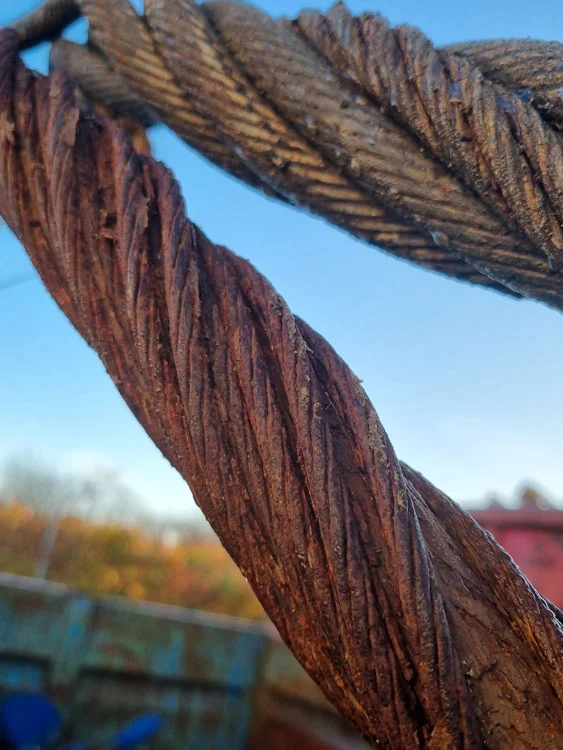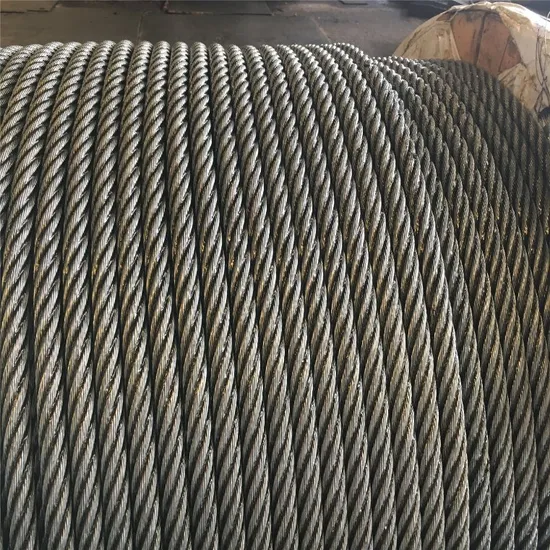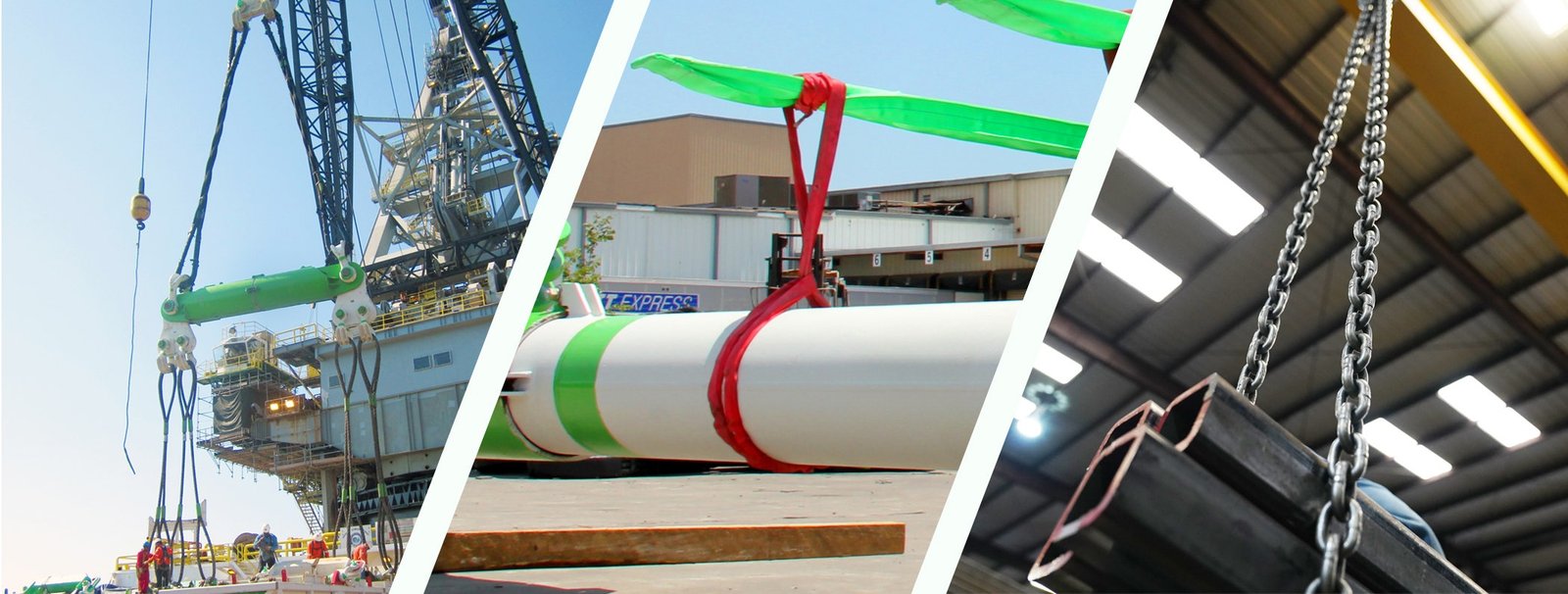
Heavy loads need strong support. Without proper slings, things can go wrong. Are you sure your lifting operations are safe?
Safety slings are tools that lift heavy items. They connect loads to cranes or hoists. They work by spreading weight and preventing damage.
I remember a time when a client, let’s call him Andri, from Australia, needed help. He had strict quality rules. He needed to be sure his lifts were safe.
What materials are safety slings made from and why?
Making sure a lift is safe starts with the right material. What are safe slings made of?
Safety slings use steel, synthetics, or chains. Each material has unique strengths. They are chosen based on load weight and environment.
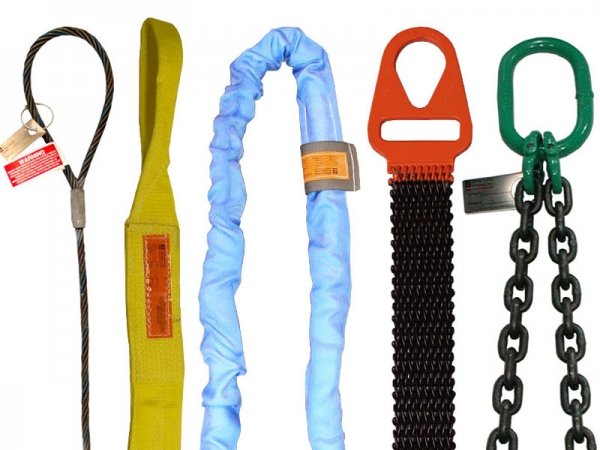
When Andri first talked to me, he was very polite. He had worked with German brands before. He cared a lot about quality. We talked about how different materials handle different loads. It’s important to match the sling to the job.
Dive Deeper: Material Choices for Safety Slings
Choosing the right material is key. This choice impacts safety and cost. We need to look at common types and their uses.
- Steel Wire Rope Slings:
- High Strength: My factory here in China, Aulone, makes wire rope. We focus on high tensile strength. This is crucial for heavy lifting.
- Durability: Steel lasts a long time. It resists cuts and heat well.
- Common Use: Great for very heavy industrial loads. Think of large construction or mining projects.
- Certification: We offer BV, CE, RMRS, DNV, and ABS certificates. This shows our quality.
- Synthetic Slings (Nylon, Polyester):
- Lightweight: These are easy to handle. They are often used for delicate items.
- Flexibility: They bend easily around odd shapes. This reduces damage to the load.
- Resistance: They resist some chemicals and moisture.
- Limitations: They can be damaged by sharp edges or high heat.
- Chain Slings:
- Extremely Durable: Chains are very tough. They handle rough use well.
- Adjustable: Each link lets you adjust the length. This makes them versatile.
- Temperature Resistant: They work well in very hot conditions.
- Heavy: They are heavier than other types of slings. They can also scratch soft surfaces.
Table of Material Properties:
| Material Type | Tensile Strength | Abrasion Resistance | Flexibility | Cost | Best Use Case |
|---|---|---|---|---|---|
| Steel Wire Rope | Very High | High | Medium | Medium | Industrial, heavy lifting, general construction |
| Synthetic (Nylon) | Medium | Medium | Very High | Low | Delicate loads, finished goods, marine applications |
| Synthetic (Polyester) | Medium | Medium | Very High | Low | General lifting, chemical resistance |
| Chain | High | Very High | Low | High | Extreme conditions, high temperatures, oddly shaped loads |
My factory, Aulone, has four production lines. We export to many countries. These include Singapore, Indonesia, and Australia. We know what materials work best in different places. Andri taught me a lot about specific user needs. His company needed strict quality checks. This made us even better.
What are the different types of safety slings used for lifting?
Knowing about materials is one thing. Knowing the sling type is another. What kinds of safety slings are there?
Many types of safety slings exist. Each type serves a specific purpose. Common types include wire rope, synthetic, chain, and specialized slings.
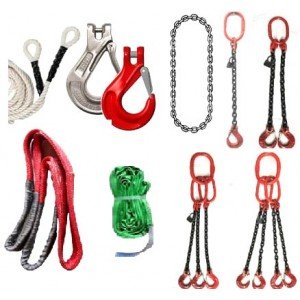
When I talk about our products, I tell buyers about our range. We make crane wire rope, elevator wire rope, and mining wire rope. We also make specialized assemblies. This variety means we often have what customers need.
Dive Deeper: Understanding Sling Types and Their Applications
Each sling type is designed for certain jobs. Knowing these helps choose the right one. It also helps avoid accidents.
- Wire Rope Slings:
- Construction: Made from strands of steel wire twisted together. My factory produces these. We ensure high breaking load.
- Uses: Widely used in construction, marine, and industrial settings. Good for heavy and abrasive loads.
- Compliance: Our wire ropes comply with EN12385-4. This is a very important standard.
- Our special products: We offer galvanized wire rope. This helps prevent rust. Plastic impregnation also adds life.
- Synthetic Web Slings:
- Construction: Flat woven belts, usually nylon or polyester. They often have eyes at the ends.
- Uses: Preferred for finished products or delicate loads. They conform to shape without scratching.
- Benefits: Lightweight and flexible. They are also non-conductive. This makes them safer for some jobs.
- Synthetic Round Slings:
- Construction: A continuous loop of synthetic fibers protected by a cover.
- Uses: Similar to web slings, but often stronger for their size. They offer greater contact area. This reduces pressure on the load.
- Feature: No knots or splices. This increases strength and safety.
- Chain Slings:
- Construction: Made from alloy steel chains. They can have one leg (single) or multiple legs (multi-leg, like two, three, or four legs).
- Uses: Very good for lifting hot materials. They are also used for rough, sharp, or irregular loads.
- Adjustability: Leg length can be adjusted. This is very useful for odd-shaped loads.
- Specialized Assemblies and Wire Products:
- Wire Products: My factory also makes wire products. These are used in many industries.
- Piling Tools: We also produce tools for piling. This shows our range of products.
- Customization: We can customize logos. This helps our clients brand their tools.
Table of Sling Types and Their Suitability:
| Sling Type | Common Configurations | Best for… | Not advised for… |
|---|---|---|---|
| Wire Rope Slings | Single leg, multi-leg, endless | Heavy industrial, construction, marine | Very delicate surfaces, sharp bends |
| Synthetic Web Slings | Single leg, basket, choke | Finished products, delicate surfaces, odd shapes | Sharp edges, high temperatures |
| Synthetic Round Slings | Endless | Delicate loads, odd shapes, higher capacity than web | Sharp edges, high temperatures |
| Chain Slings | Single leg, multi-leg, endless | High temperature, abrasive loads, rough surfaces | Delicate surfaces, loads prone to crushing |
Our main export countries are diverse. They include Saudi Arabia and Russia. This means our products meet many different needs. We understand specific requirements for each market.
What safety standards and certifications are important for lifting slings?
When I talk to purchasing managers, certifications always come up. My Australian client, Andri, was very careful about this. He needed proof. What safety standards are important for lifting slings?
Many safety standards guide sling production. These include EN12385-4. Certifications like BV, CE, RMRS, DNV, and ABS are also vital. They ensure safety and quality.
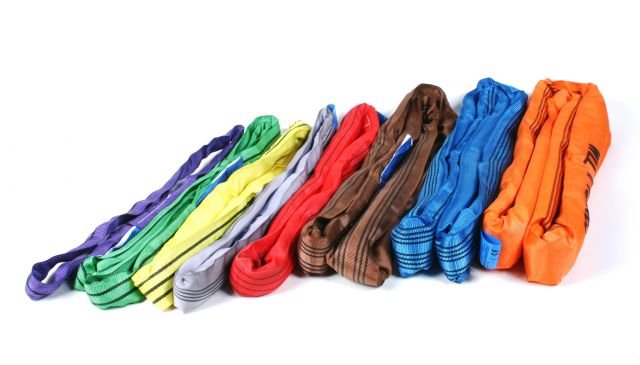
Andri’s pain points were clear: pricing, strict quality control, and certifications. I knew we could help. We make sure our products meet international rules. My website, www.wireropes.net, shows all our products and quality details.
Dive Deeper: Navigating Sling Safety Standards and Certifications
Certifications are not just paper. They mean the sling has been tested. They show it can do its job safely. This saves lives and money.
- EN12385-4:
- Meaning: This is a European standard. It specifies rules for steel wire ropes for general lifting.
- Importance: It ensures the rope has the right breaking load and construction. It is a key standard that we follow.
- Certification Bodies:
- BV (Bureau Veritas): A well-known global leader. They provide testing and inspection.
- CE Mark: This means the product meets European health, safety, and environmental protection standards. Many buyers require this.
- RMRS (Russian Maritime Register of Shipping): Important for marine applications in Russia and nearby areas.
- DNV (Det Norske Veritas): A global quality assurance and risk management company. Very strong in the maritime sector.
- ABS (American Bureau of Shipping): Focuses on safety in shipping and offshore.
- Why Certifications Matter:
- Safety: The primary reason. Certified slings are safer to use.
- Compliance: Many industries require certified equipment by law.
- Trust: Buyers like Andri want to trust their suppliers. Certifications build this trust.
- Global Market: For a factory like Aulone, selling worldwide means meeting many different standards. We export to the UAE, Canada, and more.
Table of Key Certifications and Their Scope:
| Certification | Focus Area | Geographic Scope (Main) | Type of Product Covered (Relevant to Slings) |
|---|---|---|---|
| EN12385-4 | Steel Wire Ropes standards | Europe | Steel wire ropes for lifting |
| CE Mark | Health, safety, environment | European Economic Area | Many products, including slings |
| BV | Testing, inspection, certification | Global | Various industrial products, including slings |
| RMRS | Maritime safety | Russia, some former USSR states | Marine equipment, wire ropes, slings |
| DNV | Maritime, energy, quality | Global | Maritime, oil & gas, various industrial |
| ABS | Marine & offshore | Global, strong in Americas | Maritime, offshore structures, equipment |
We offer these certificates if a client needs them. This is part of our commitment to quality. Andri’s annual purchase volume was large, about 10,000 tons. He needed a reliable partner. We were happy to be that partner.
Conclusion
Safety slings are crucial for lifting. They vary in material and type. Meeting strict safety standards and getting certifications is essential.

